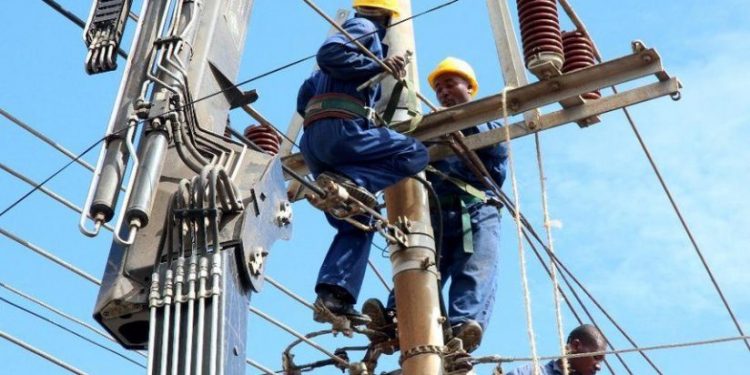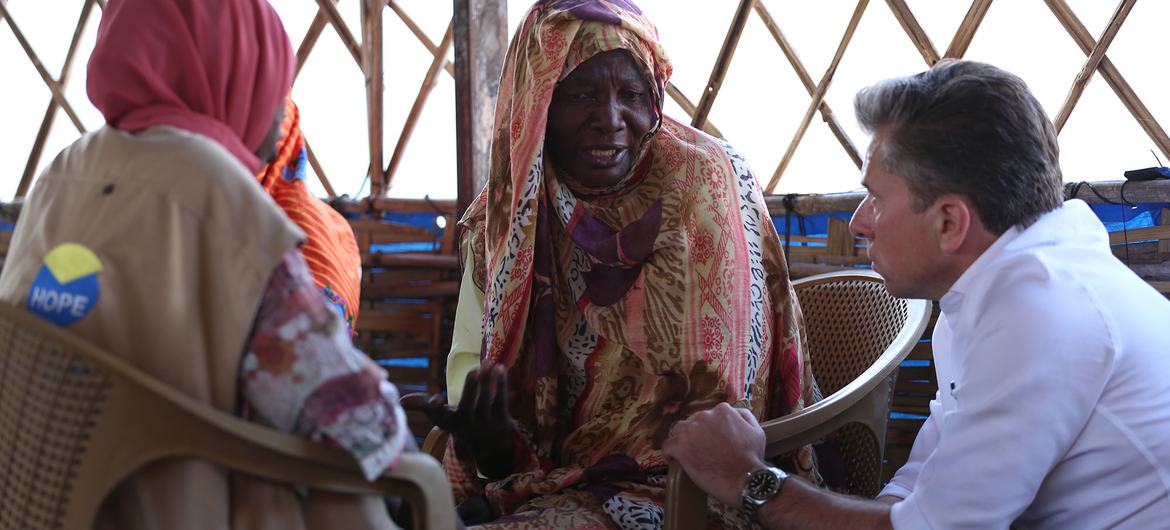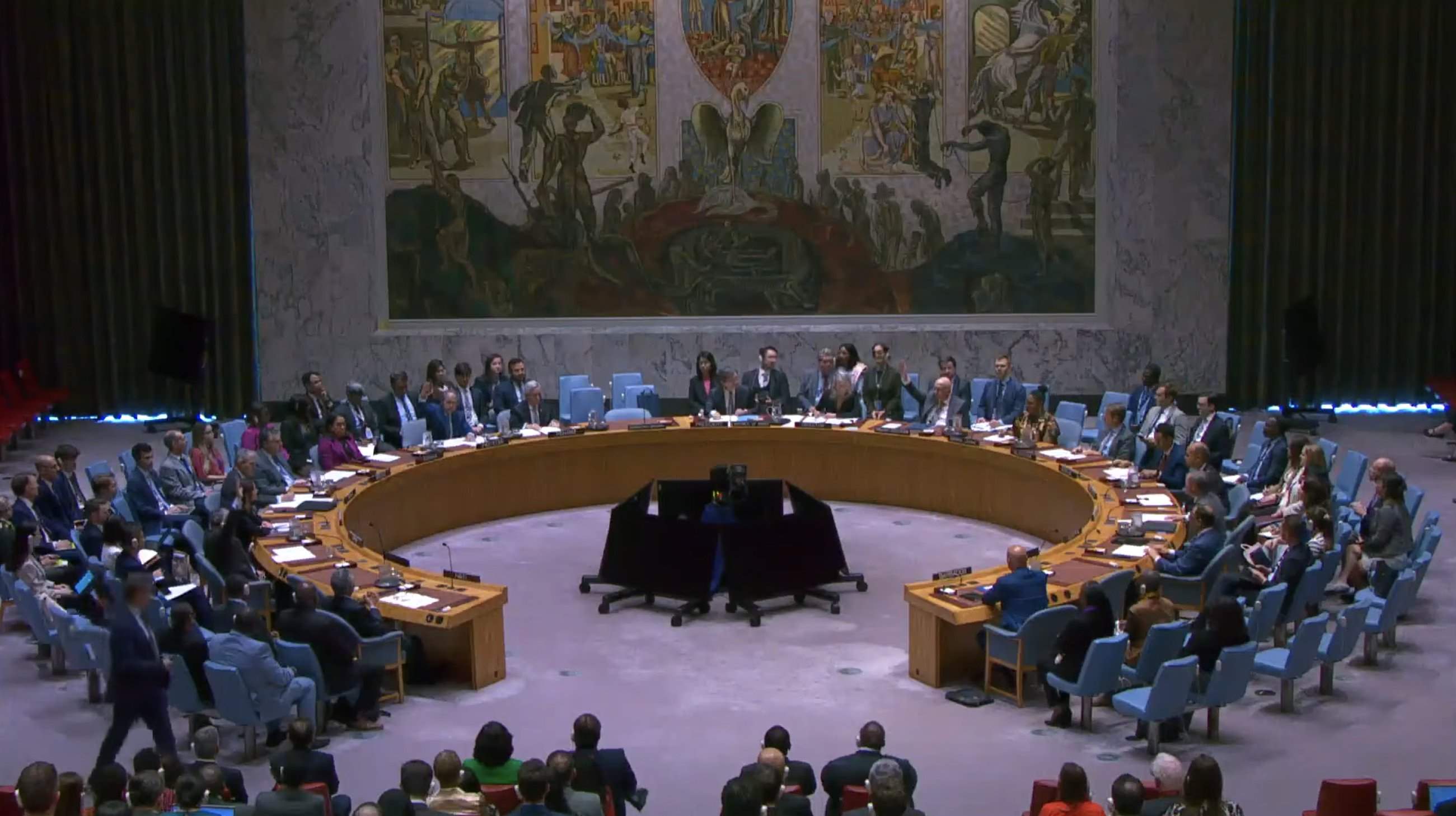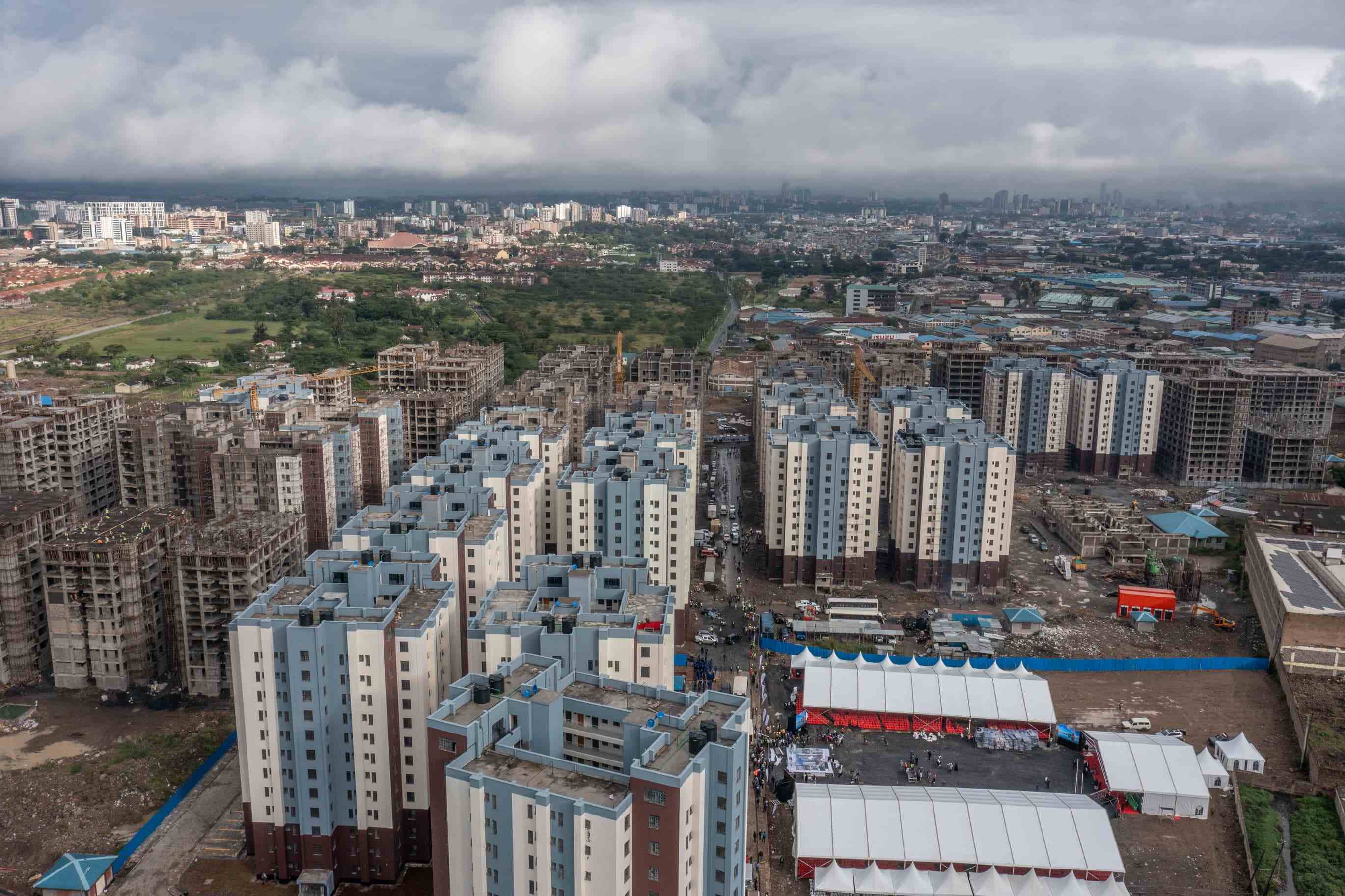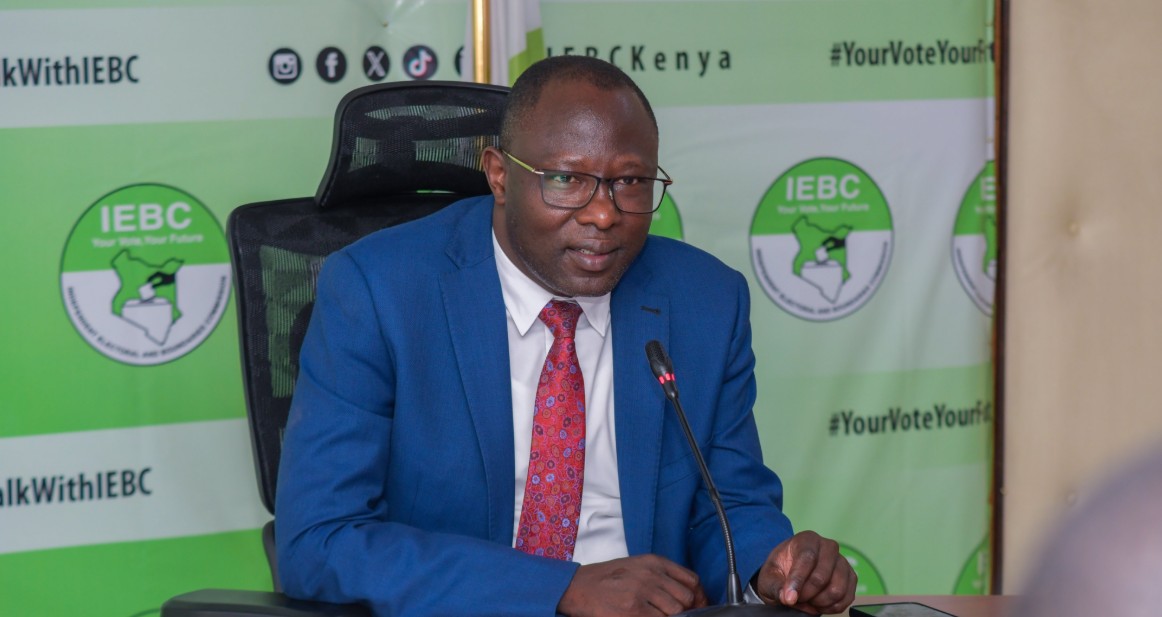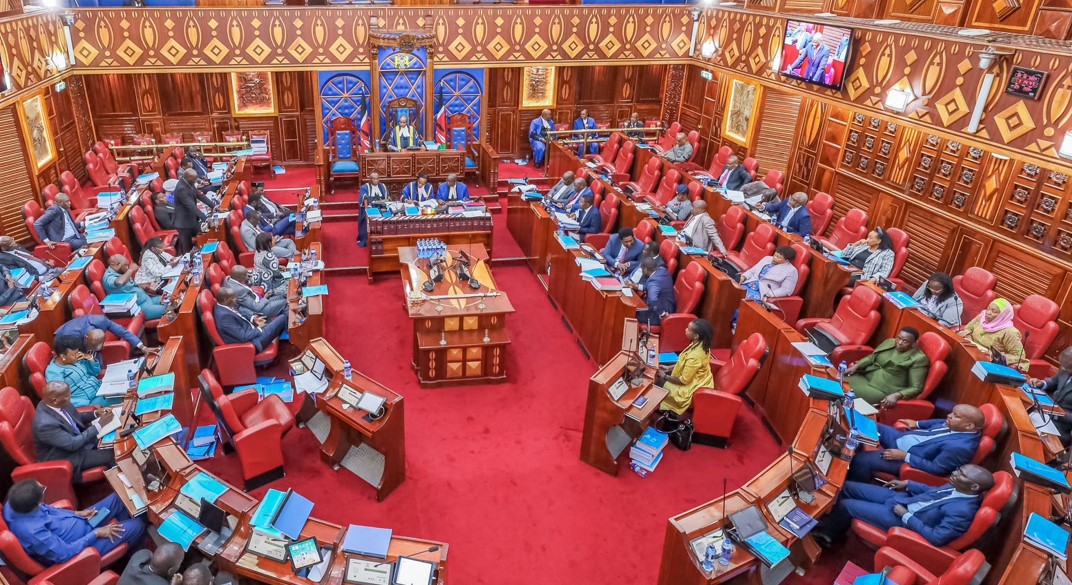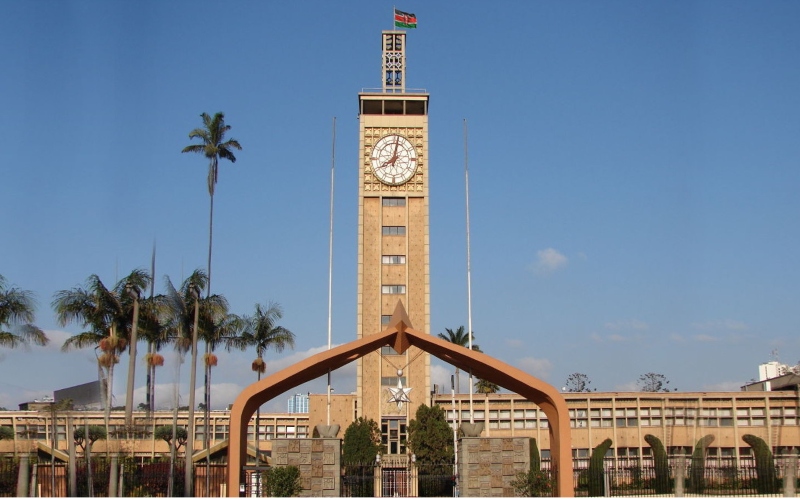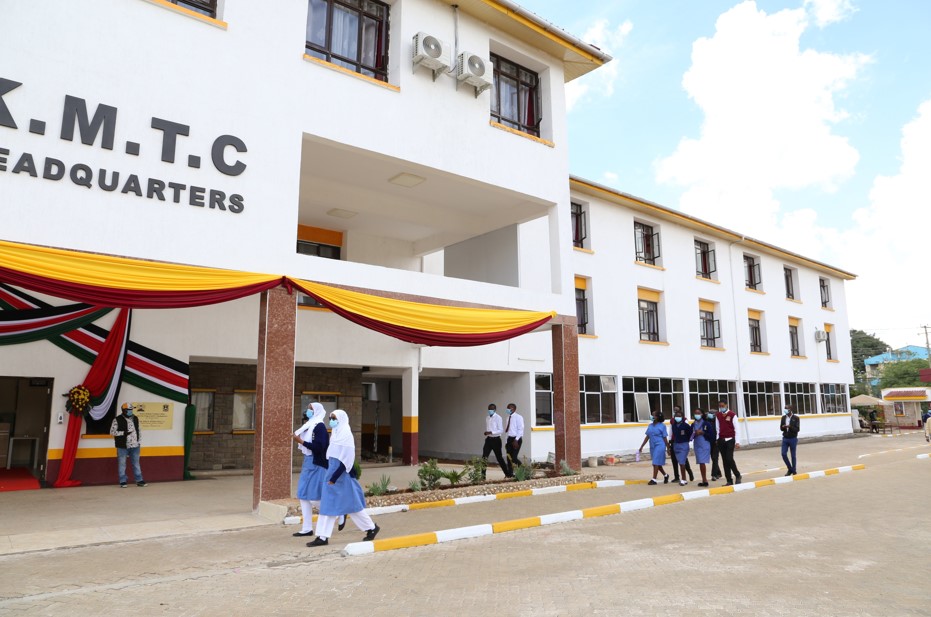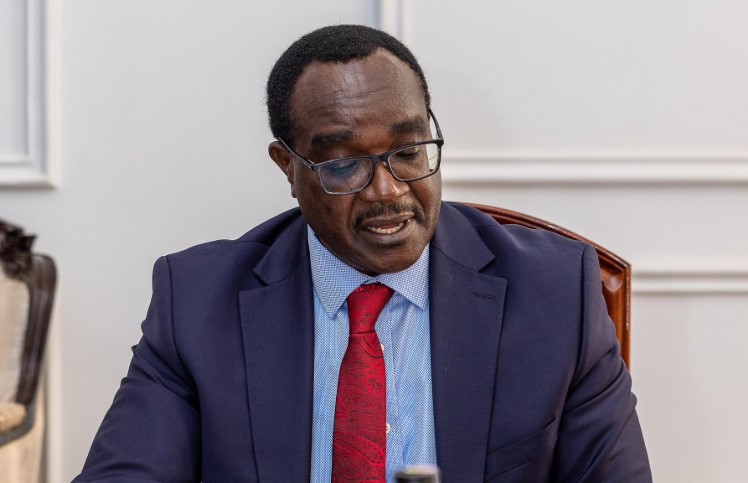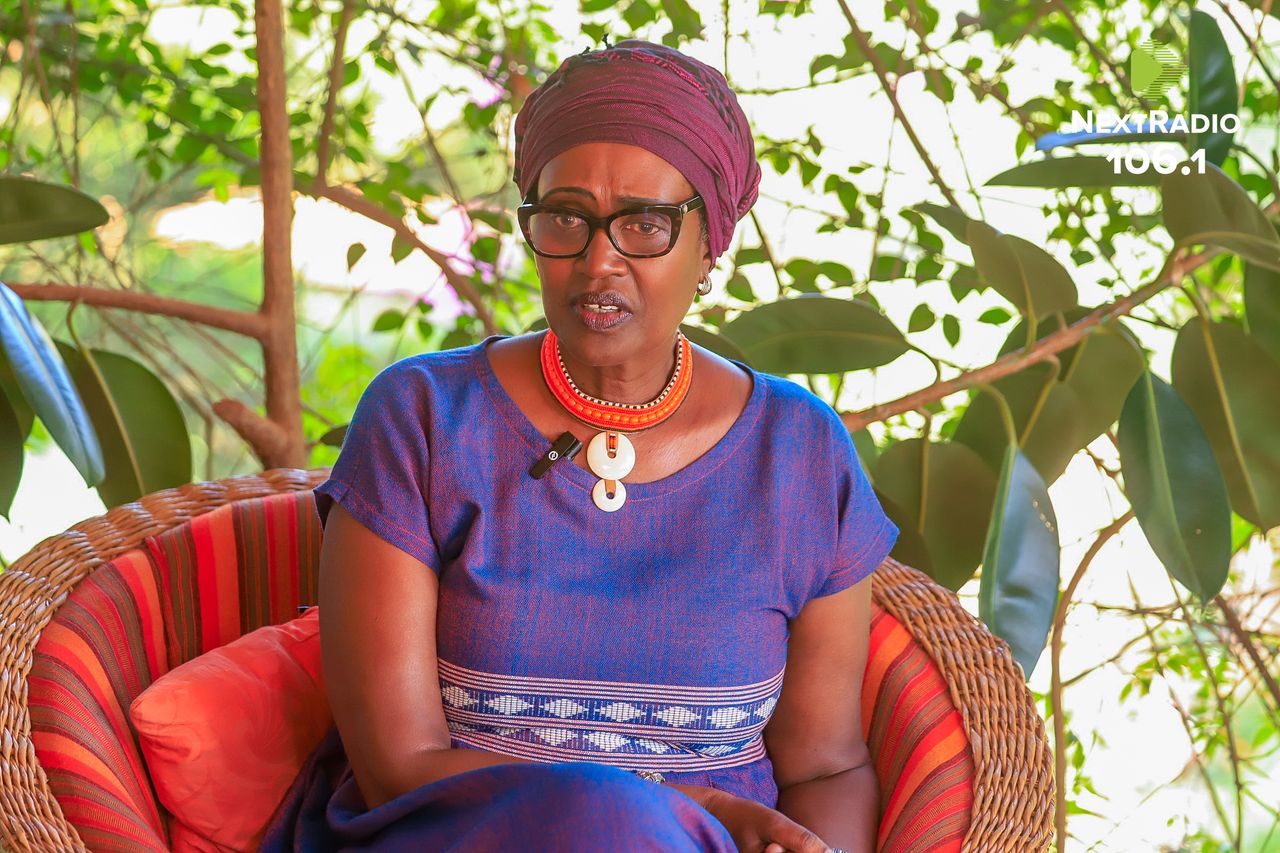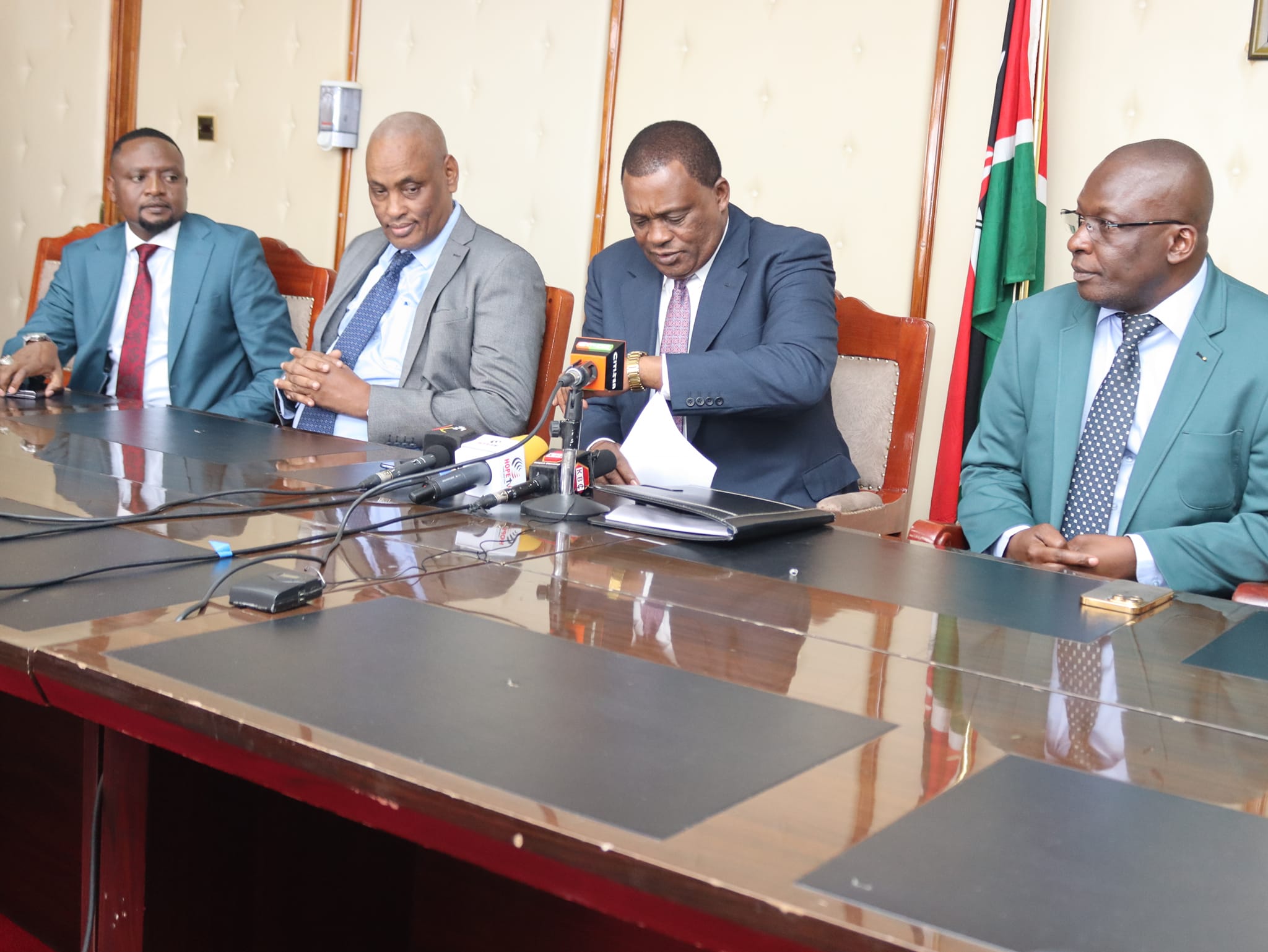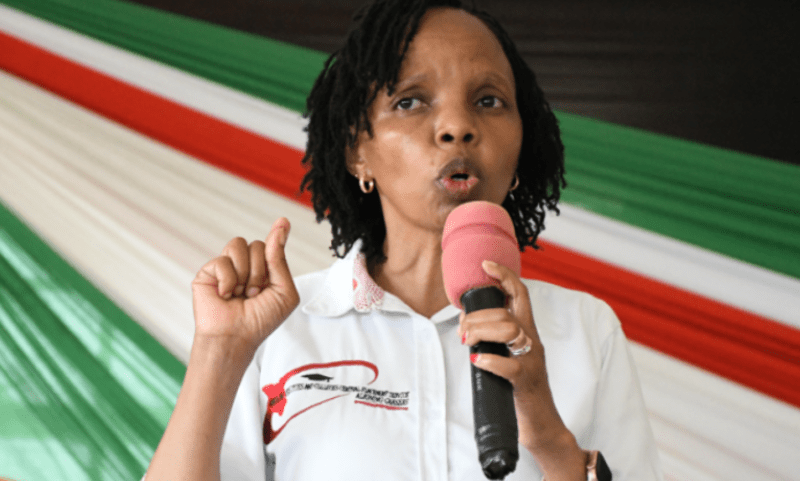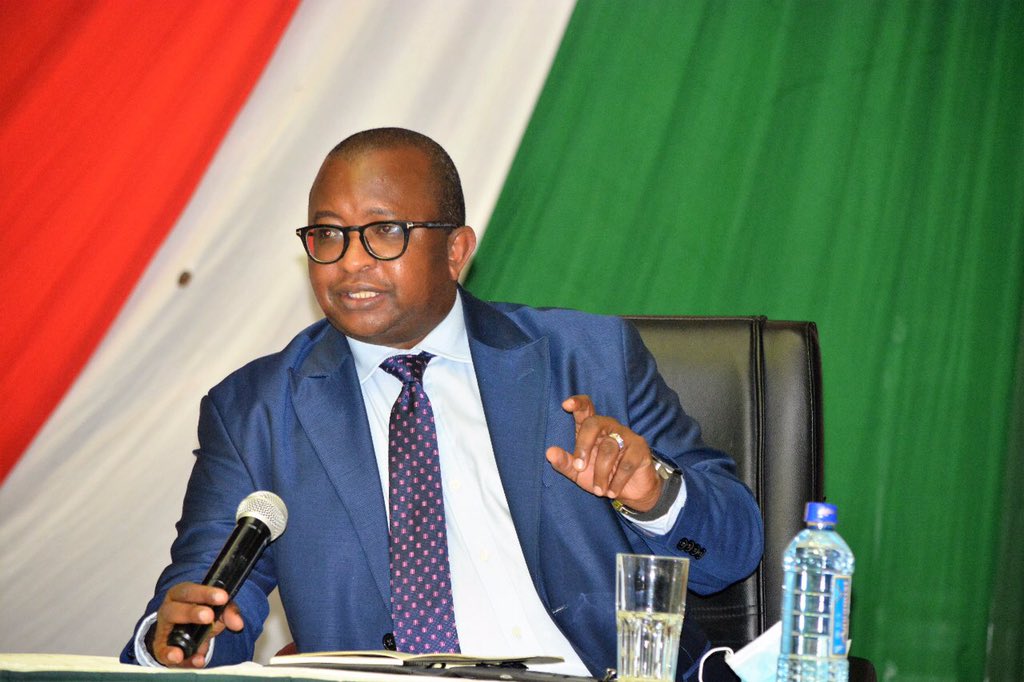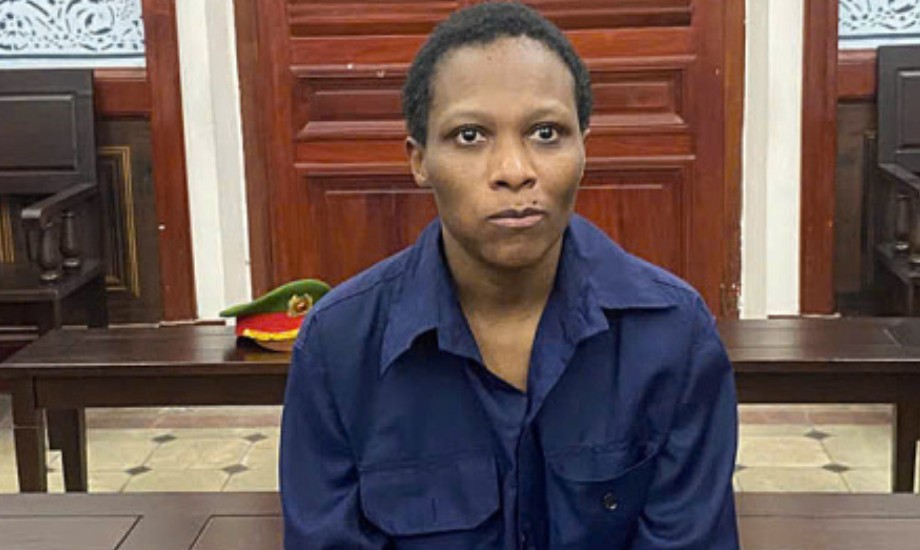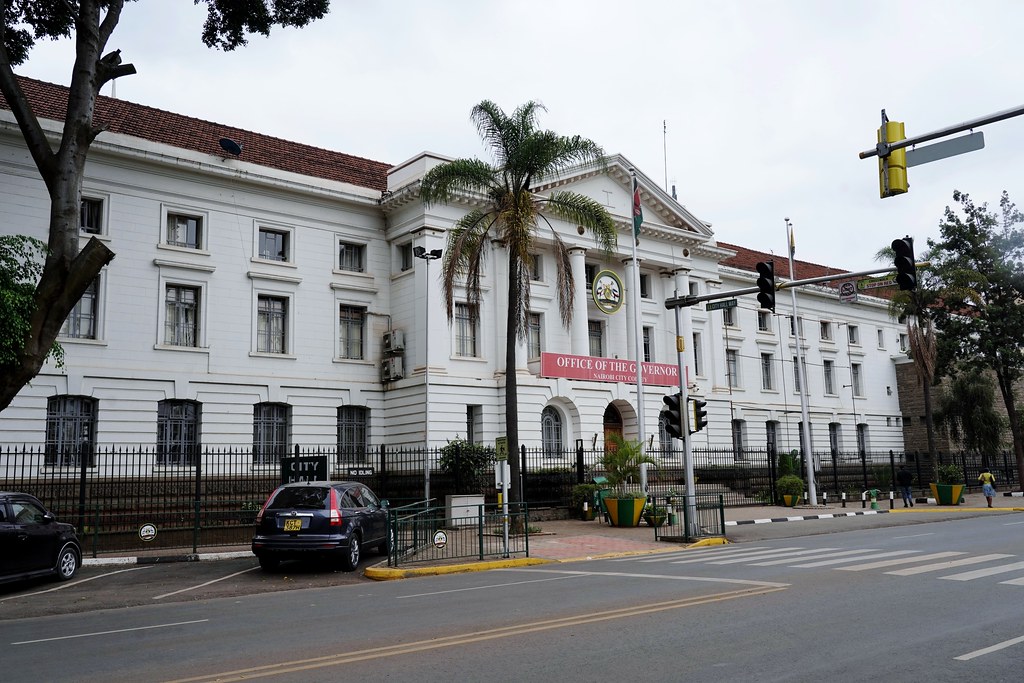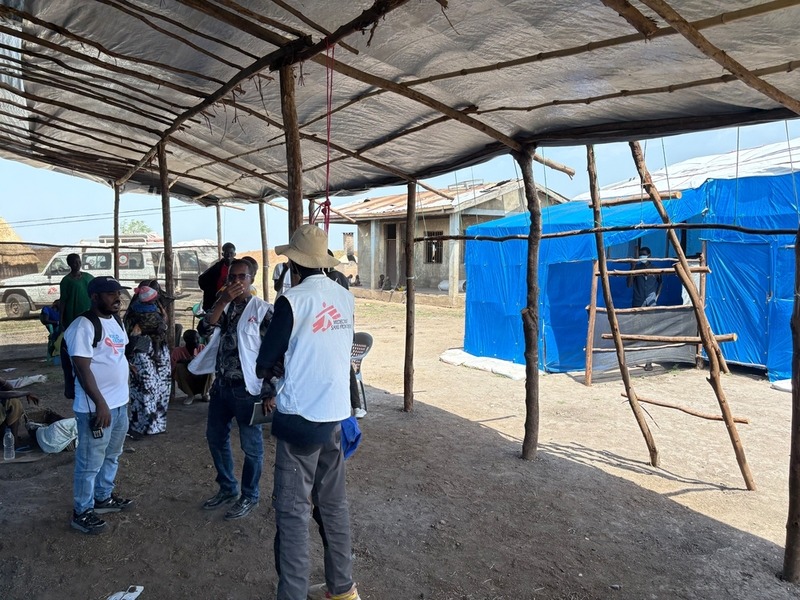CBK slashes lending rate to 10.0%, narrows its interest corridor for stability
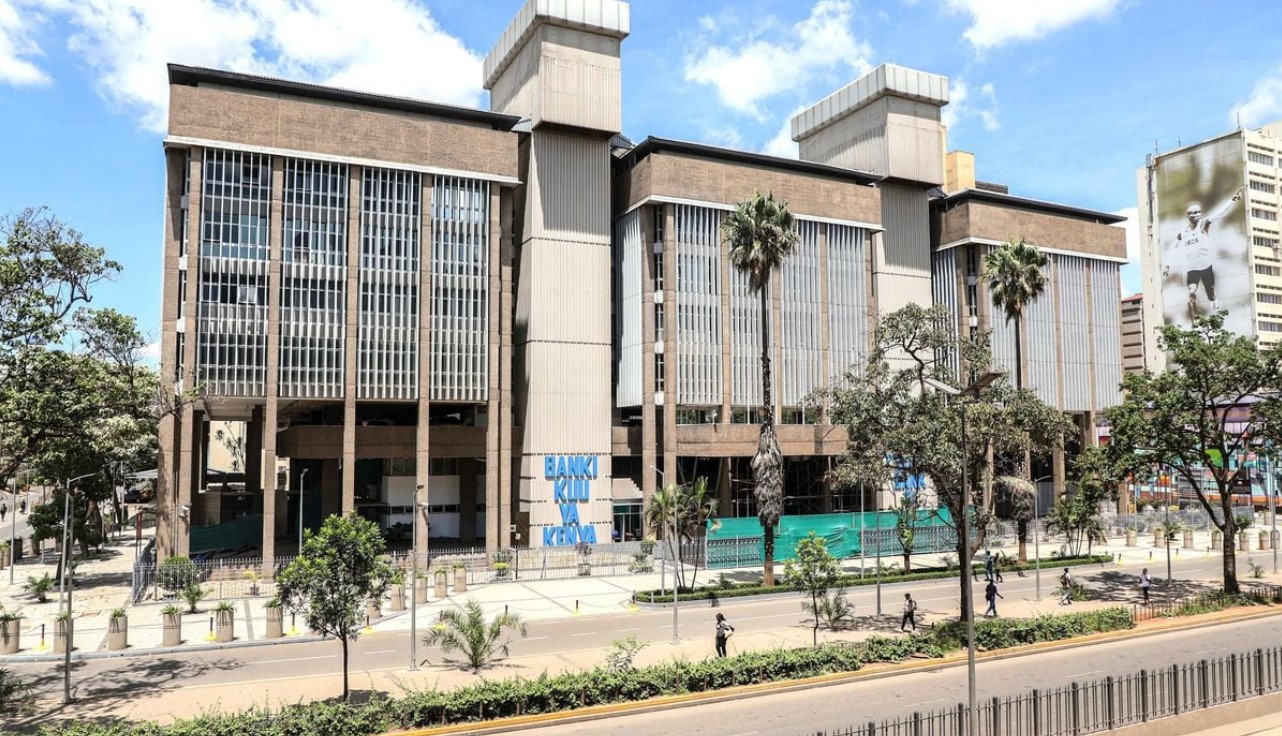
The slash is a 75 basis points cut and the fifth consecutive one from the decade high rate of 13 percent.
The Central Bank of Kenya (CBK) has lowered the benchmark Central Bank Rate to 10.0 percent, down from 10.75 percent.
The slash is a 75 basis points cut and the fifth consecutive one from the decade high rate of 13 percent.
More To Read
- Kenyans to access cheaper loans as CBK cuts lending rate to 9.25 per cent
- Banks urge CBK to cut base rate to spur private sector lending
- CBK revises credit pricing model, adopts new benchmark rate for loan pricing
- Kindiki welcomes CBK lending rate cut, says economy on recovery path
- Kenyan banks tighten oversight of third-party tech firms amid rising cyber threats
- Bleak outlook as CBK reveals one in three firms won’t hire in 2025
In February last year, the apex bank raised the benchmark rate to 13, a level last seen 12 years ago as it moved to contain the then stubborn inflation.
The latest cut signals continued relief for consumers who will continue enjoying the reduced cost of servicing credit as compared to the same period last year.
CBK's Monetary Policy Committee attributed the cut to the ease in inflation and the need to boost lending to the private sector.
“Kenya's overall inflation stood at 3.6 percent in March 2025 compared to 3.5 percent in February and remained below the mid-point of the target range of 5±2.5 percent,” CBK said in a statement.
The lender adds that the average lending rates have been declining gradually since December 2024, but private sector credit growth remains subdued, a further reason behind the rate cut.
Additionally, to enhance the effectiveness of the monetary policy implementation framework, the MPC approved the narrowing of the width of the interest rate corridor around the benchmark rate from the current 150 basis points to 75 basis points.
“This will enhance stability of the interbank rate and align the rate closer to the Central Bank Rate (CBR),” CBK said.
“In line with this review, the Committee also approved the adjustment of the applicable interest rate on the Discount Window from the current 300 basis points above CBR to 75 basis points, which will be the upper bound of the interest rate corridor.”
Interbank rate refers to the interest charged on short-term loans between banks, whereas the Discount Window rate is charged on loans from CBK as a last resort, after exhausting all the other avenues, including borrowing from different banks.
Ideally, the narrowing of these corridors means the difference between the benchmark lending rate to customers by banks and the rates at which banks borrow from each other and the central bank will now be smaller and will have limited room for huge increases.
This seeks to make borrowing costs more stable and predictable.
Looking ahead, the committee noted it will closely monitor the impact of the policy measures as well as developments in the global and domestic economy and stands ready to take further action as necessary in line with its mandate.
The Committee will meet for the next review in June 2025.
Top Stories Today
